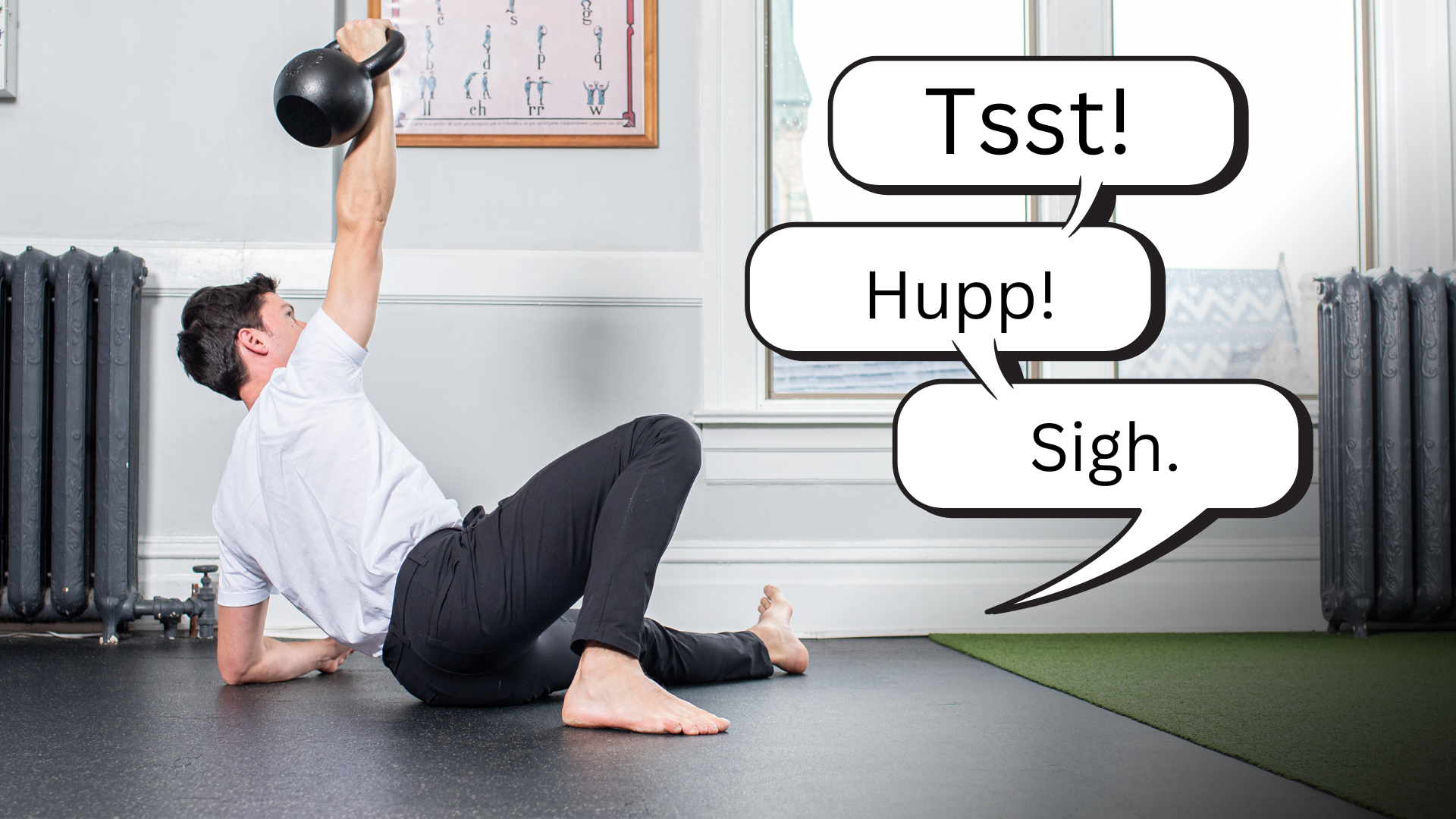The Sounds of Strength
When walking into our studio from the street below, the bell’s of St. George may chime to announce your arrival. Then, every fifteen minutes, they ding, ring and continue to do their thing — counting down the hour as we sometimes count the reps — one or two may become three or four more. But, those aren’t the only sounds we hear in and around the studio.
To engage the diaphragm as we breathe, we may “shhhh” like a chorus of librarians. On other occasions, with a sharp and snake sounding “tsst” — or, a well timed guttural “Hupp” — we continue to dig deep and satisfy the hunger for strength with strong sounds from behind our abdominal shields.
Mic’d up on Saturdays, Lauryn — zoologist in chief, shares marvellous movements like the monkey-cat, and in the minute of craziness at the end of our Weekend Workout, when “things are about to get quiet,” she identifies the sounds of dragon breaths as we hardstand our way towards the grand finalé.
All of these sounds precede the most important sounds of the workout — “Ahhh” and “sigh”. These are the sounds of accomplishment, and well earned relaxation. Learn how and when to apply the sounds of tension for safety, strength and enhanced performance in your workout, and earn the benefits of relaxation in repose.
The soundtrack of our studio is best described by the acoustic accomplishments of our students at work, and at rest. Unplug from your podcast, and fully connect with the sounds you make for enhanced performance, the noises you make to check in with physical or mental pain, and the rewarding sighing sounds of silence when you are finished training for the day.
Tsst! or Hupp! - For the strength, stability, and power of the swing or kettlebell press, we use the “biomechanical breathing match.” We inhale while getting compressed to create intrabdominal pressure, and exhale while extending for stability of the spine with a core brace. For more on breathing during exercise read an article written by Brett Jones here
Dragon Breath - In the nose, and out the nose. For less ballistic exercises, such as running, handstand-ing, or walking around the neighbourhood, it is not necessary to coordinate the actions of our breath to the actions of our limbs. However, a mindful approach to breathing ensures the body does not tense or restrict circulation of air or fluids and promotes longevity and recovery of the pursuit or task at hand.
Sigh - Your all finished — so enjoy the rest. In an exercise practice and in life. there is tension and relaxation. A gentle shake out or a deep and cathartic sigh lets your body learn the difference between intermittent moments of high effort, and sustaining moments of silence and relaxation.


